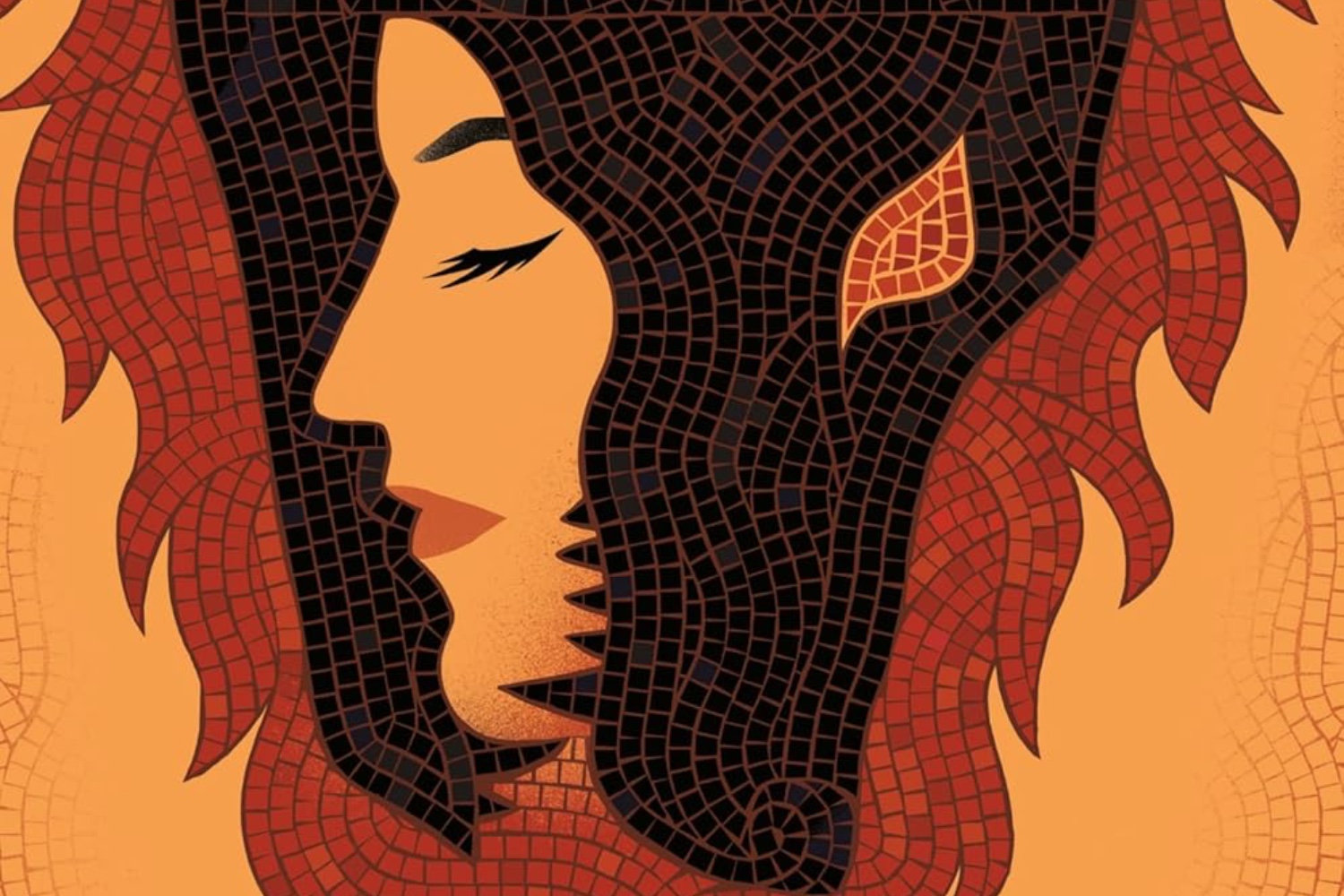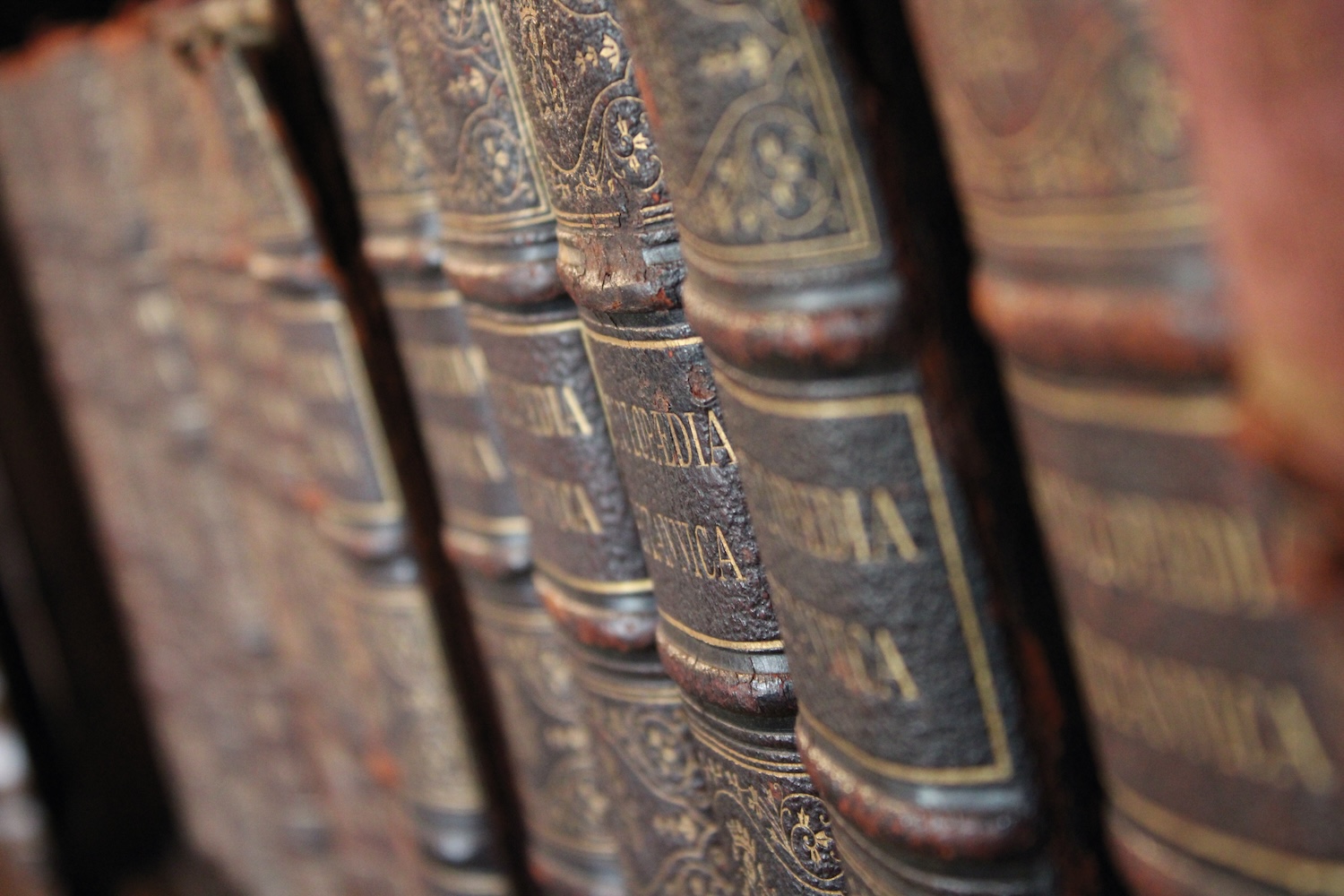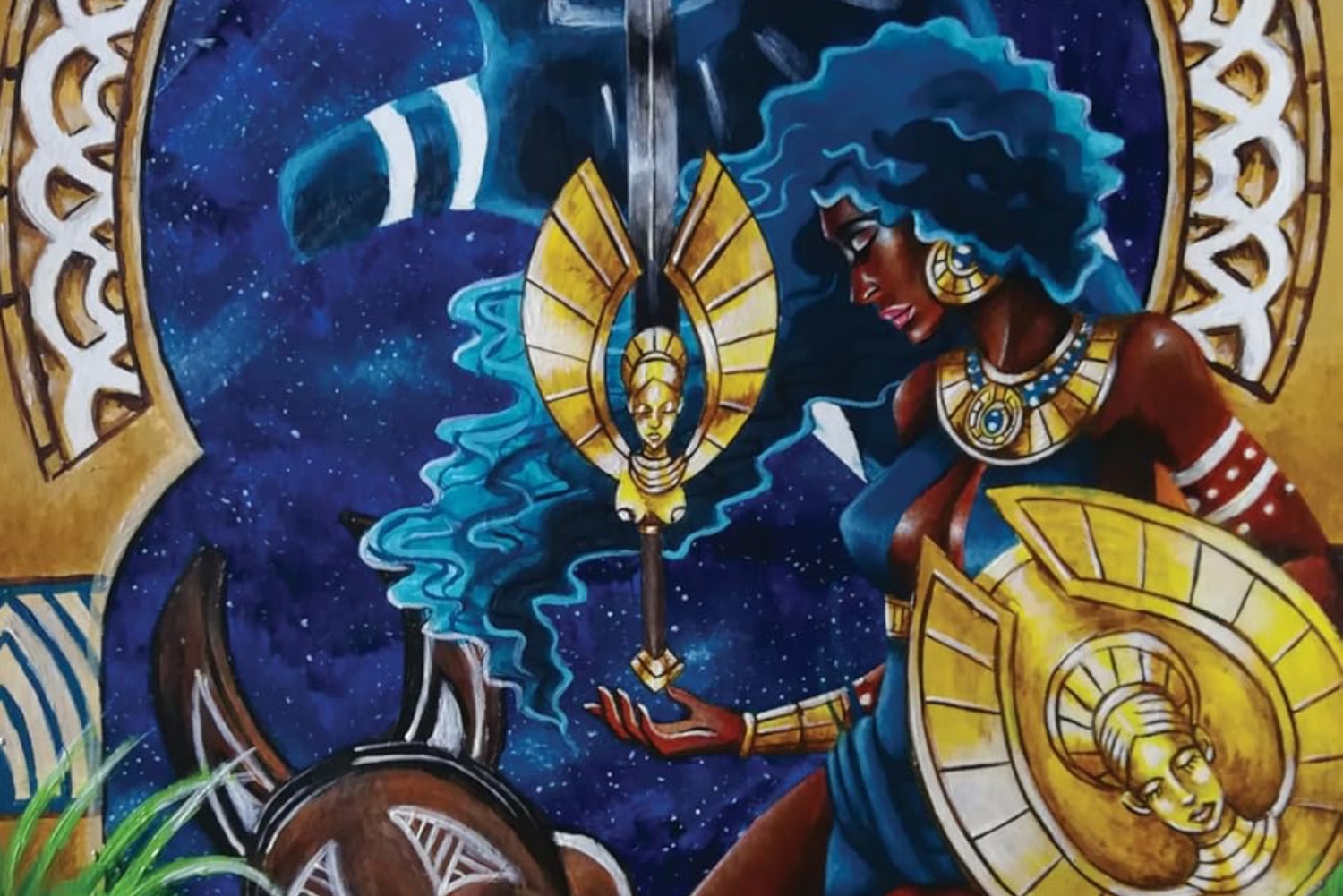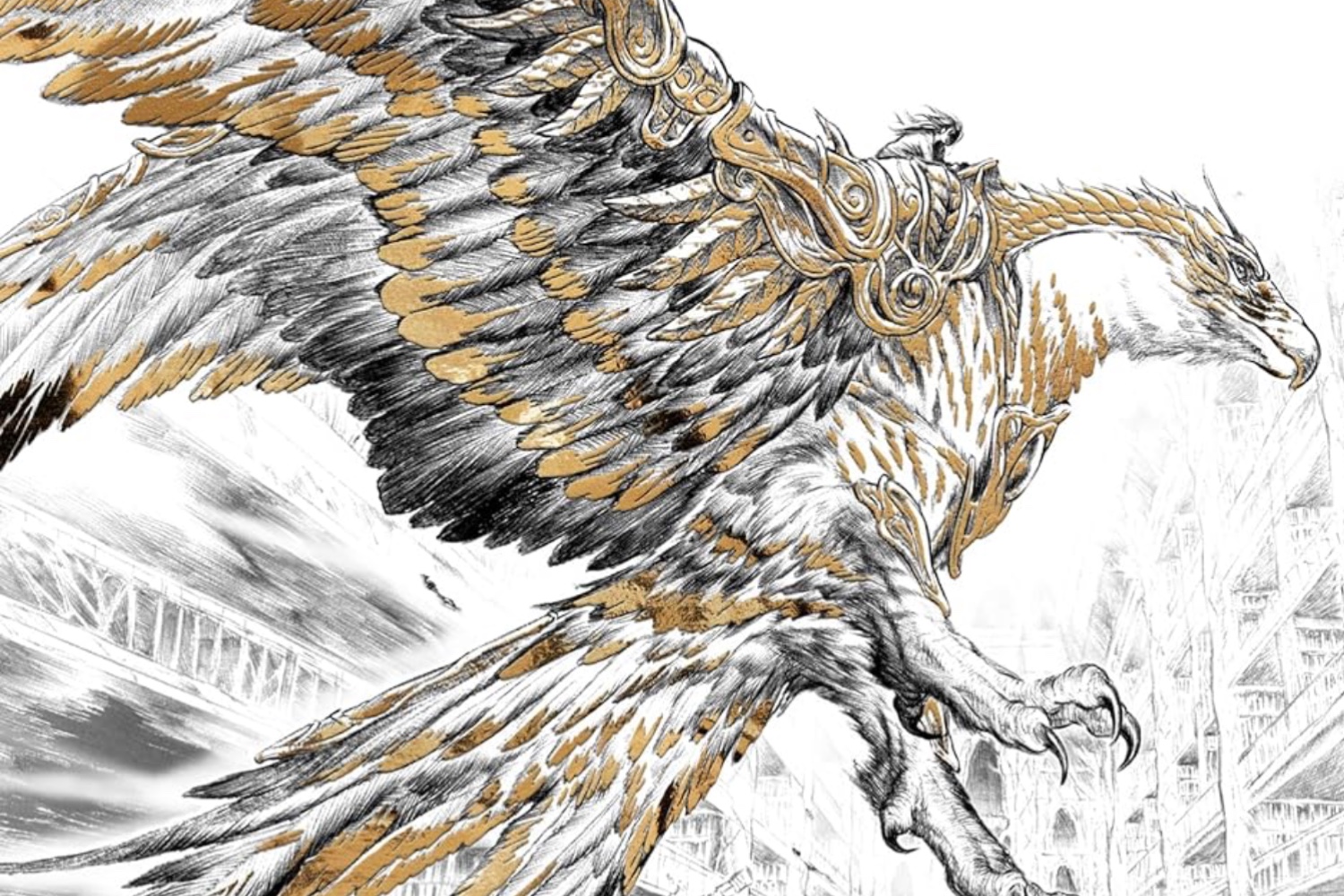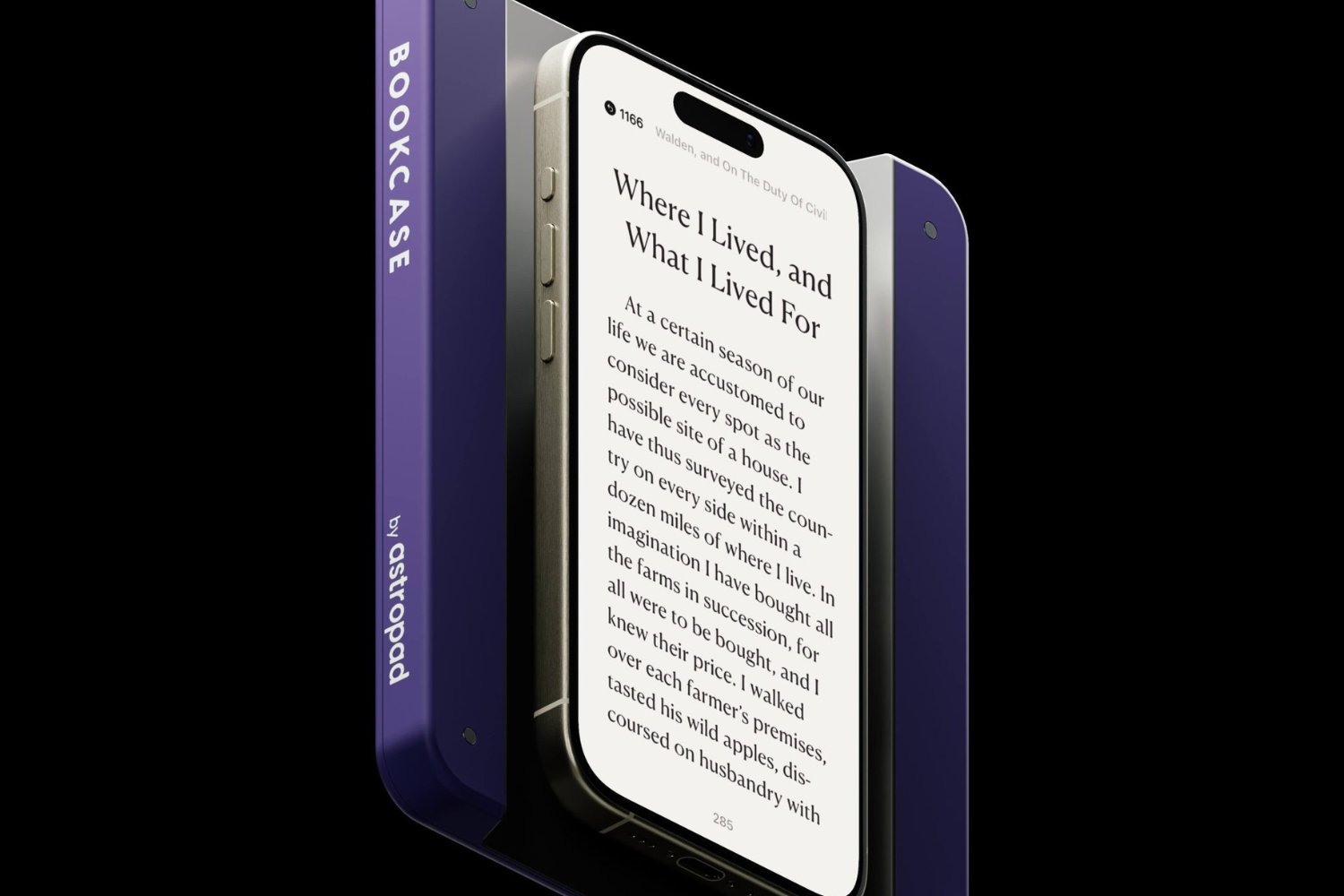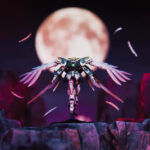All this week, J.K. Rowling has been publishing History of Magic in North America, one part a day for four days. When it’s been at its best, it’s been sloppy; when its not at its best—which is most of the time—it’s uninformed and under-researched. At its worst, it is downright offensive, and here’s why.
To read this, you kind of need to know that it’s all publicity for the upcoming Fantastic Beasts and Where to Find Them movie, which has a British wizard traveling to American and encountering a growing threat to American witches and wizards. The movie takes place in the 1920s, so the history only goes up to that point.
Each of the four parts Rowling wrote this week are fairly short, but even so, each one is breathtakingly shallow. Rowling reveals a lack of knowledge of American history that makes this an extremely hard read. She also either doesn’t realize the sensitive nature of some areas she’s treading on or does not care.
Native Americans
Who could have predicted that a white lady from the UK would have problems with appropriating Native American culture? Oh, wait, that should have been completely obvious to anyone even thinking of doing what J.K. Rowling did. When you’re combining a history of magic with Native Americans, you’re falling into an already prevalent trope of making them “mystical.” And Rowling not only didn’t avoid that trap, she leaned into it:
The Native American wizarding community was particularly gifted in animal and plant magic, its potions in particular being of a sophistication beyond much that was known in Europe. The most glaring difference between magic practised by Native Americans and the wizards of Europe was the absence of a wand.
The magic wand originated in Europe. Wands channel magic so as to make its effects both more precise and more powerful, although it is generally held to be a mark of the very greatest witches and wizards that they have also been able to produce wandless magic of a very high quality. As the Native American Animagi and potion-makers demonstrated, wandless magic can attain great complexity, but Charms and Transfiguration are very difficult without one.
Associating Native Americans with “animal and plant magic”—with, it should be noted, no more detail than that—is leaning so hard on a stereotype it’s hard not to find it offensive. It’s also not great that she says that wands originated in Europe, which reads very much as a Europe being the center of innovation and building in the magic world. You know, Native Americans and their “Earth magic” while European wizards were the ones smart enough to make wands.
Rowling may say that great things can be done without a wand, but it doesn’t offset the implications—that Native Americans may have raw power, but it’s refinement that only comes from Europe. Implications that she, with her background, was completely blind to.
Later, Rowling also writes that wizards who came to America fleeing the authorities “sought to blend in among the increasing tide of No-Majs, or hide among the Native American wizarding population, who were generally welcoming and protective of their European brethren.” Oh good, the friendly native. There’s another stereotype she should have avoided.
Rowling also included this bit in “Fourteenth Century – Seventeenth Century”:
The legend of the Native American ‘skin walker’ – an evil witch or wizard that can transform into an animal at will – has its basis in fact. A legend grew up around the Native American Animagi, that they had sacrificed close family members to gain their powers of transformation. In fact, the majority of Animagi assumed animal forms to escape persecution or to hunt for the tribe. Such derogatory rumours often originated with No-Maj medicine men, who were sometimes faking magical powers themselves, and fearful of exposure.
I don’t think I can sum up the problems with this portion better than Cherokee scholar Dr. Adrienne Keene, who wrote:
What you do need to know is that the belief of these things (beings?) has a deep and powerful place in Navajo understandings of the world. It is connected to many other concepts and many other ceremonial understandings and lifeways. It is not just a scary story, or something to tell kids to get them to behave, it’s much deeper than that. My own community also has shape-shifters, but I’m not delving into that either.
What happens when Rowling pulls this in, is we as Native people are now opened up to a barrage of questions about these beliefs and traditions (take a look at my twitter mentions if you don’t believe me)–but these are not things that need or should be discussed by outsiders. At all. I’m sorry if that seems “unfair,” but that’s how our cultures survive.
The other piece here is that Rowling is completely re-writing these traditions. Traditions that come from a particular context, place, understanding, and truth. These things are not “misunderstood wizards”. Not by any stretch of the imagination.
It’s appropriative in the worst way. Harry Potter occasionally mentioned monsters from various other cultures as real, which was incidental enough not to be a problem. The History of Magic in North America is all about another group, and the way Rowling writes doesn’t exhibit a deep understanding of her subject. It feels more like she googled “Native American legends” and picked the top result.
Salem
Salem plays a starring role in the second part of The History of Magic in North America. In Rowling’s chronicle, the biggest problems faced by newly immigrated witches and wizards were the Scourers, described as “unscrupulous band of wizarding mercenaries of many foreign nationalities, who formed a much-feared and brutal taskforce committed to hunting down not only known criminals, but anyone who might be worth some gold.”
Of course two Scourers were among the judges in Rowling’s world and Salem ended up being the basis for most of the American wizarding society:
The famous Salem Witch Trials of 1692-93 were a tragedy for the wizarding community. Wizarding historians agree that among the so-called Puritan judges were at least two known Scourers, who were paying off feuds that had developed while in America. A number of the dead were indeed witches, though utterly innocent of the crimes for which they had been arrested. Others were merely No-Majs who had the misfortune to be caught up in the general hysteria and bloodlust.
Twenty people were executed as a result of the Salem witch trials. I’m not saying it wasn’t an example of mass hysteria and persecution, but I am saying that Rowling’s fictional history posits the effect of the events in the town of Salem was to keep wizards and witches from settling anywhere in America, leading to fewer members of the American magical community than anywhere else. Apparently this continued up to the early 20th century.
All of this because of SALEM. Just Salem.
Look. Twelve of the 13 “original colonies” existed by the end of the Salem Witch Trials, and J.K. Rowling is telling us that they did not just denude Massachusetts of witches and wizards, but also prevented them from immigrating to New York? That’s how affecting the deaths of 20 people were? But somehow the magic court couldn’t be bothered to declare the trials unlawful in 1702?
There’s a constant problem in Rowling’s writing of “North American history,” which is that it’s incredibly superficial, even for a fictional history. While I fully understand that all four of these stories are really just publicity stunts for Fantastic Beasts and Where to Find Them, maybe she would have been better served not doing history.
The MACUSA
In the Potterverse, Salem created the American magical political system, the Magical Congress of the United States of America, in 1693. What we know about the MACUSA is that it was founded to capture, try, and punish Scourers. That is literally all we know about how it works.
This is nitpicking, but I am the kind of nerd who wants to know how this is set up. Are there representatives from all the colonies? How do they apportion them? Did the MACUSA in any way influence the Continental Congress?
I wish there was generally more parallelism between the American magical community and America. Rowling has the “Keeper of Treasure and Dragots” which is “roughly equivalent to the Secretary of the Treasury.” Why can’t the name be closer? The British Ministry of Magic has departments, why can’t the titles of people working for the American magical government be closer to their real-life equivalents?
The way a society is governed isn’t a small detail. You brought it up in a “history,” so tell us more. AND the movie this is promotional material for starts with your main character visiting the MACUSA. If Rowling didn’t write these histories to include useful supplemental material for the movie, why did she even bother with them?
American Magical Secrecy Is the Result of a Sex Scandal
OF COURSE IT IS. This is America! In Rowling’s telling, the daughter of the Keeper of Treasure and Dragots, Dorcas Twelvetrees, fell in love with a No-Maj who happened to be the descendant of a Scourer, meaning that he both believes in magic and wants to kill them all (I’m assuming that Rowling means that Scourers taught their kids to hate and kill wizards and the tradition keeps on, not that you can literally inherit a belief in magic).
So Dorcas spilled everything to the guy she just met, and he stole his wand to show to the press. It’s only because he accidentally tried to murder some No-Majs by mistake that he ended up in jail and discredited.
All of this because of someone that was as “dim as she was pretty.” I hate this. I hate that Rowling used this cliché. I hate that a flighty woman endangered everyone in the wizarding community because that’s not only a well-worn trope, it’s one rooted in sexism. This whole premise is bad and I’m disappointed Rowling used it.
Segregation
After Dorcas’ indiscretion, this happened:
Dorcus’s indiscretions led to the introduction of Rappaport’s Law. Rappaport’s Law enforced strict segregation between the No-Maj and wizarding communities. Wizards were no longer allowed to befriend or marry No-Majs. Penalties for fraternising with No-Majs were harsh. Communication with No-Majs was limited to that necessary to perform daily activities.
First of all, the word “segregation” is a really loaded one in American history. If it’s not meant to be an allegory, then Rowling needs an American editor to tell her that she can’t throw the word around like this.
Second of all, if it is meant to be an allegory—and this stuff smacks of anti-miscegenation statutes—Rowling is not suited to tackling this subject. If this is supposed to be an allegory of racism in America, Rowling needs to talk to some people. Preferably some actual African-Americans.
I almost hope it isn’t meant to be her attempt to tackle racial prejudice. Why? Because on one side you have wizards who are the one propagating the laws and on the other, people who are trying to kill them. The blame for the bad blood is a bit too evenly distributed to be a valid allegory.
So, again, either Rowling didn’t talk to anyone before tossing this shit around or she thought she was making an important point about American culture. Either way, it’s bad.
And now, some smaller problems that, while absurd, are least not offensively bad:
Wand Permits
Here’s what Rowling has to say:
Legislation introduced at the end of the nineteenth century meant that every member of the magical community in America was required to carry a ‘wand permit’, a measure that was intended to keep tabs on all magical activity and identify the perpetrators by their wands.
You’re telling me that a country which is perfectly okay with some pretty loose restrictions on guns has also somehow developed a parallel society which forces everyone to register their wands? Sure. Fine. Whatever.
The MACUSA Is Headquartered in New York
Because of course it is. What’s the point of doing a movie if you can’t have your protagonist have his big important meeting in New York!
New York, a city famous for immigrants and diversity, is the home to a government which a) manages a smaller population because no one immigrated here b) is hilariously homogenous, since laws force them to only marry their own kind c) has laws preventing them from intermingling with others and ensuring secrecy. New York, a city where I’m pretty sure a wizard could do anything and most people would just shrug and get on with their day. At least the irony’s strong here.
Literally the only reason the MACUSA’s headquartered in New York City is because it makes a pretty background for a movie set in the 1920s.
The Last Line
Witches and wizards didn’t participate in Prohibition. The wizard President, according to Rowling had this response:
‘The Gigglewater’, as she famously told her Chief of Staff, ‘is non-negotiable.’
Leave me here to die.
One of the many things that made Harry Potter so great was the specificity. Rowling was drawing on real places to create Wizarding Britain. It was all based on things she knew backward and forwards.
But American history and culture are not her fields. And the beliefs of the various Native American tribes and their histories was something she was especially not qualified to speak on. If you absolutely have to include these things, speak to some people.
Creating a second history for an existing place that is not your own is not easy. It requires a lot of research. Research Rowling clearly didn’t do.
Contact the author at [email protected].
